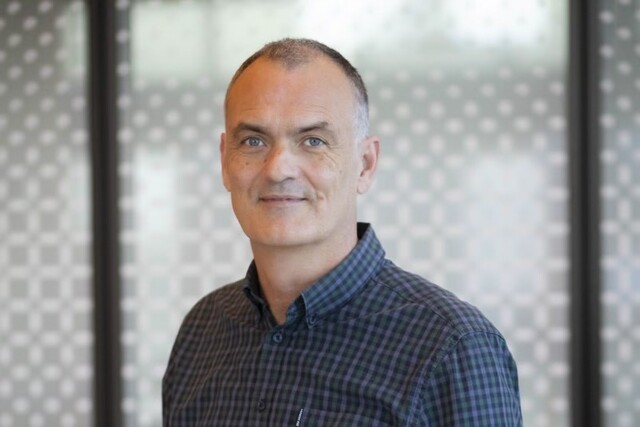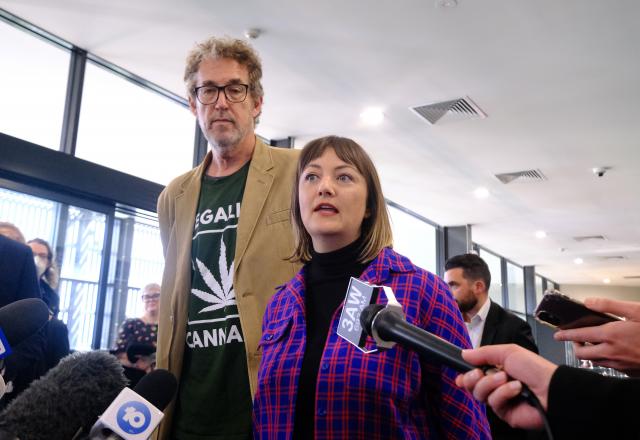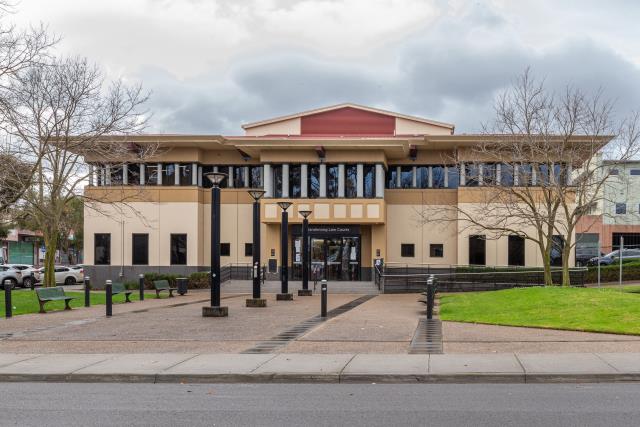In a recent report by the Penington Institute, both the City of Casey and the City of Greater Dandenong were listed as some of the LGAs with the highest rate of prolific offenders for cannabis possession.
The report, titled, Cannabis Regulation in Australia: Community Safety First, detailed that Casey had 2768 offences related to personal use and possession of cannabis; with a rate of 75.8 per 10,000 residents.
Greater Dandenong had 2298 offences for personal use and possession, with a rate of 145.3 per 10,000 residents.
However, the report advocates for the regulation of the cannabis market in Australia, with ceo John Ryan saying that the current market and countermeasures to cannabis are both dangerous and “ineffective”.
“The estimate is that there’s $5 billion per year spent on illicit, illegal cannabis; in other words, it’s a massive industry.
“If you look at the data in terms of use, more than 40 per cent of adult Australians have used cannabis sometime in their life and about 10 per cent have used it in the last month.
“We’ve got this strange contradiction where it’s [cannabis] is illegal and yet it’s readily available and widely used throughout the community,’ he said.
With Casey being second in the state in population and Greater Dandenong at fourth, the report also highlighted that the significant number of cannabis-related arrests equates to a substantial amount of law enforcement resources that have been dedicated to these offences.
“It’s definitely more concentrated in socioeconomically disadvantaged communities in terms of arrest data, and that’s also a challenge for people, I think that sort of contact with police is a significant experience.
“The police are obviously not happy finding people possessing cannabis, and that’s why so many of those cases end up in the court or law enforcement system.
“It becomes a question of, how do we balance our priorities? Do we want law enforcement to be using resources to deal with personal use and possession, or do we want them to concentrate more on violent crime?” Mr Ryan said.
It also added that the general criminalisation of cannabis is “counterproductive”, with what the report considered to be a lower harm profile when compared to other psychoactive substances, such as alcohol; however, it remains a large factor for arrests for drug use and possession.
The report emphasises that these high figures display a potential misallocation of police resources, which could instead be used to address more serious crimes.
“The challenge is whether or not we can manage it in a more effective way; the evidence is that the illegal market is obviously lying in the pockets of criminals.
“It also means that the people that consume cannabis are in contact with [these] criminals, they’re engaged in criminal behaviour when they access and consume or possess and consume cannabis, it’s making criminals out of law-abiding citizens,” Mr Ryan said.
Aside from effective resource allocation when it comes to law enforcement, public health and safety were other factors that the report emphasised, with unregulated and or illicitly produced cannabis often contaminated with pesticides, heavy metals, and other organic substances.
“There’s a lot of evidence of contaminants and pollutants in the product, which is not the case when it’s a regulated market,” Mr Ryan said.
“The other thing is, I think it stops people from talking about their cannabis use in an honest way with, for example, health care practitioners or doctors because it’s criminal,” Mr Ryan said.
A regulated market envisioned by the Penington Institute includes stringent health regulations on which products are available, how they are accessed and consumed, as well as quality control when it comes to contaminants.
Licensed production and controlled distribution would mean that cannabis would be sold only through regulated providers and dispensaries, therefore ensuring that consumers would have access to products that are consistent and safe.
When speaking on the stigma surrounding cannabis, and its close relation to violence and other drugs, Mr Ryan said that years of “fear campaigns” have been “ineffective because the level use is so high”.
Comparing data from 2001 to 2022-23, the amount of Australians aged 18 and over who have reported to have ever used illicit drugs increased by 24 per cent, with lifetime use of cannabis increased by 26 per cent.
While acknowledging the risks of cannabis, from it being a drug of dependence to sensory impairment, Mr Ryan added that “changing to a regulated model would actually provide more honest, accurate education in the community”.
“It’s also to provide opportunities to actually face up to the level of cannabis dependence in the community so that people can have more honest conversations with their doctors.
“I see it as a net benefit to actually take it out of the shadows and shine a light on it and regulate it, control it and assist people who need help,” Mr Ryan said.
Regarding economic benefits, Mr Ryan also pointed out following a model similar to the tobacco industry, where the market could generate tax revenue and create jobs.
“We have to have a really tightly controlled approach, but that generates opportunities for tax.
“One of the issues with tax is to make sure it’s not so high that it doesn’t undermine the criminal market, so it’s a difficult challenge but it’s a challenge that can be met,” he said.







